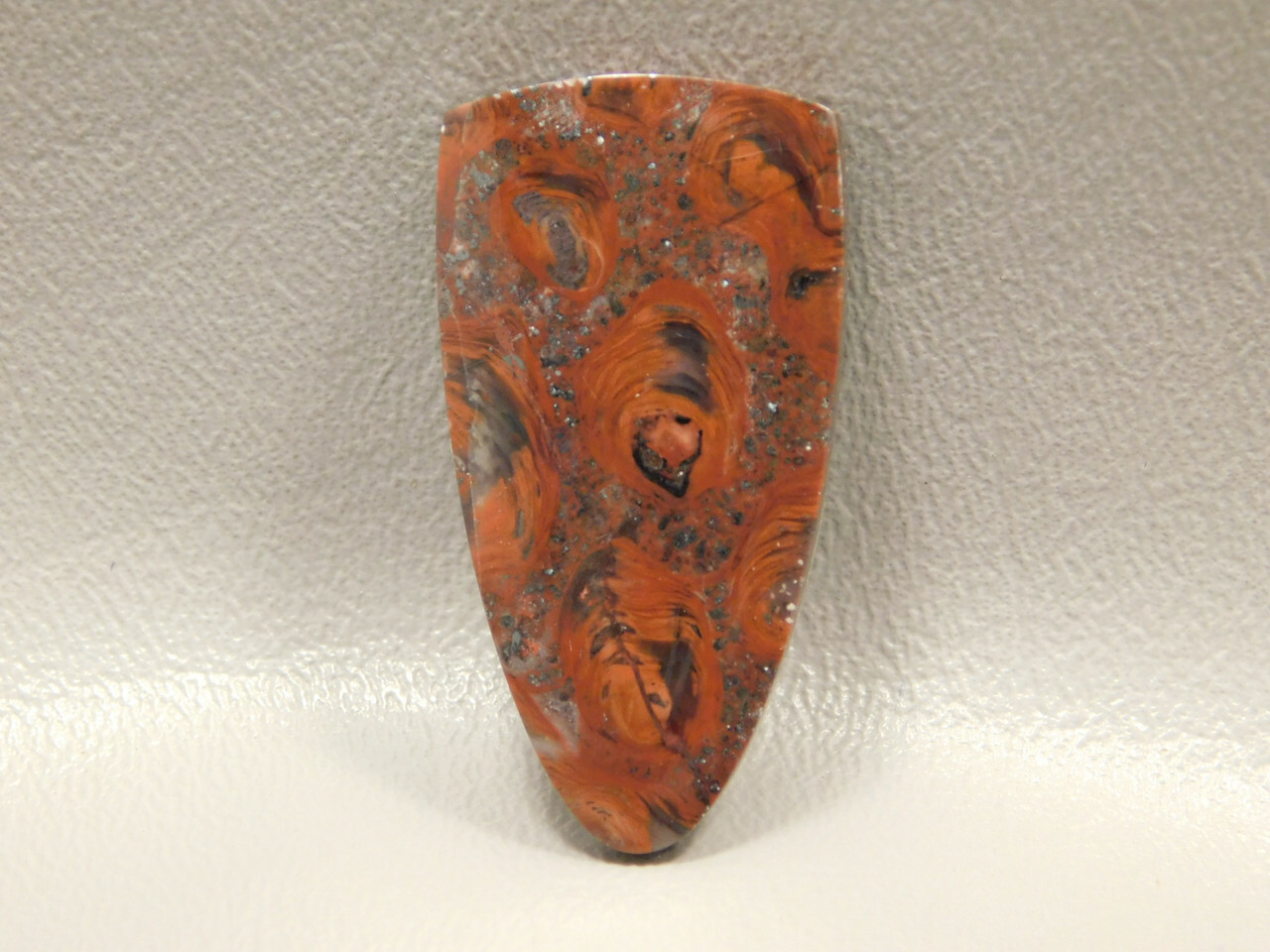Minnesota Rock and Minerals
Minnesota contains some of the oldest rocks on Earth.
It has granitic gneisses that formed some 3,600 million years ago.
Southern Minnesota rises from the midwestern prairies into a rolling upland, which, in the northwest, is dominated by the flat bed of the ancient extinct Lake Agassiz. In the northeast lies the Mesabi Iron Range, and in central Minnesota the Cuyuna range. The whole state is covered with lakes left by melting glaciers, which also left a rich deposit of Lake Superior Agates. Lake Superior Agates, named because they are found predominantly along the shore of Lake Superior and designated as Minnesota’s state gemstone in 1969, are found on beaches and in gravel pits. This deposit can be found generally wherever the soil has a reddish hue, which is roughly from Duluth north to the Ontario line and west to Hwy 71, as well as a small area around the Twin Cities.
Minnesota's geology has undergone many changes. At times, high mountains lined the horizon and volcanic activity caused a rift down the state, later vast seas engulfed the state, and then later great sheets of glacial ice covered much of the land.
Minnesota has the largest deposits of iron ore in the United States, and northern Minnesota has been mining iron ore for 130 years. Gold has been found in northeast Minnesota, and the iron ore was actually discovered by gold miners hoping to strike it rich. There are three iron ore ranges in Minnesota-Vermilion Range found in 1884, the Mesabi Range found in 1892, and the Cuyuna Range found in 1911. The work was hard and very dangerous. Many miners were killed in mine accidents. The worst mining disaster in Minnesota happened in 1924 on the Cuyuna Range. Forty-one miners drowned in the Milford Mine when a nearby lake broke through the underground mine, flooding the tunnels. Towns were built close to the mines, but as the mines were expanded, many towns were actually moved to new locations because they were built on top of iron ore. Part of the city of Hibbing, known as the "North Forty", was moved to make way for a mine expansion.
At the Soudan Underground Mine Tours, located in northeastern Minnesota (St. Louis County) just off State Highway 169/1, you can travel 2,341 feet down the shaft to the 27th level of the mine. The mine operated for 80 years from 1882-1962 and was gifted to the state of Minnesota to become a new state park in 1965.
Minnesota has gravel pits and quarries and areas where fossils can be found, but be sure to do your research as it is illegal to collect rocks in state or federal parks and you may need permits to dig in pits and quarries.
Remember you must have permission to collect on private property.
See my page on Rockhounding Rules for general information on the rules of collecting rocks on various lands.
 US Dollar
US Dollar
 Australian Dollar
Australian Dollar
 Euro
Euro
 CAD
CAD

